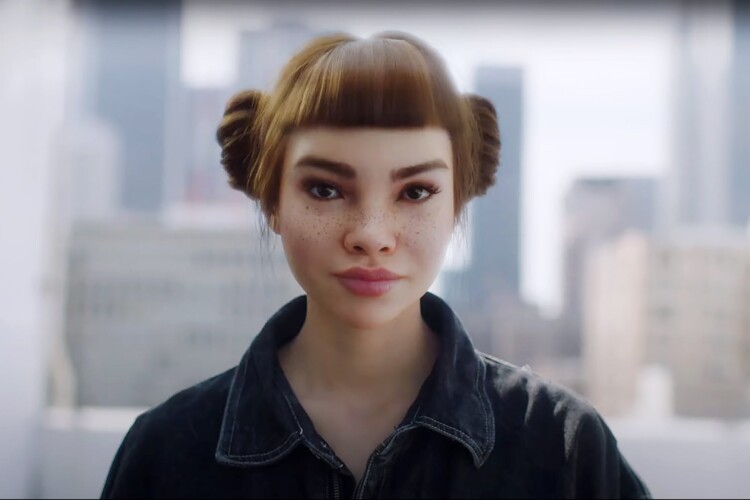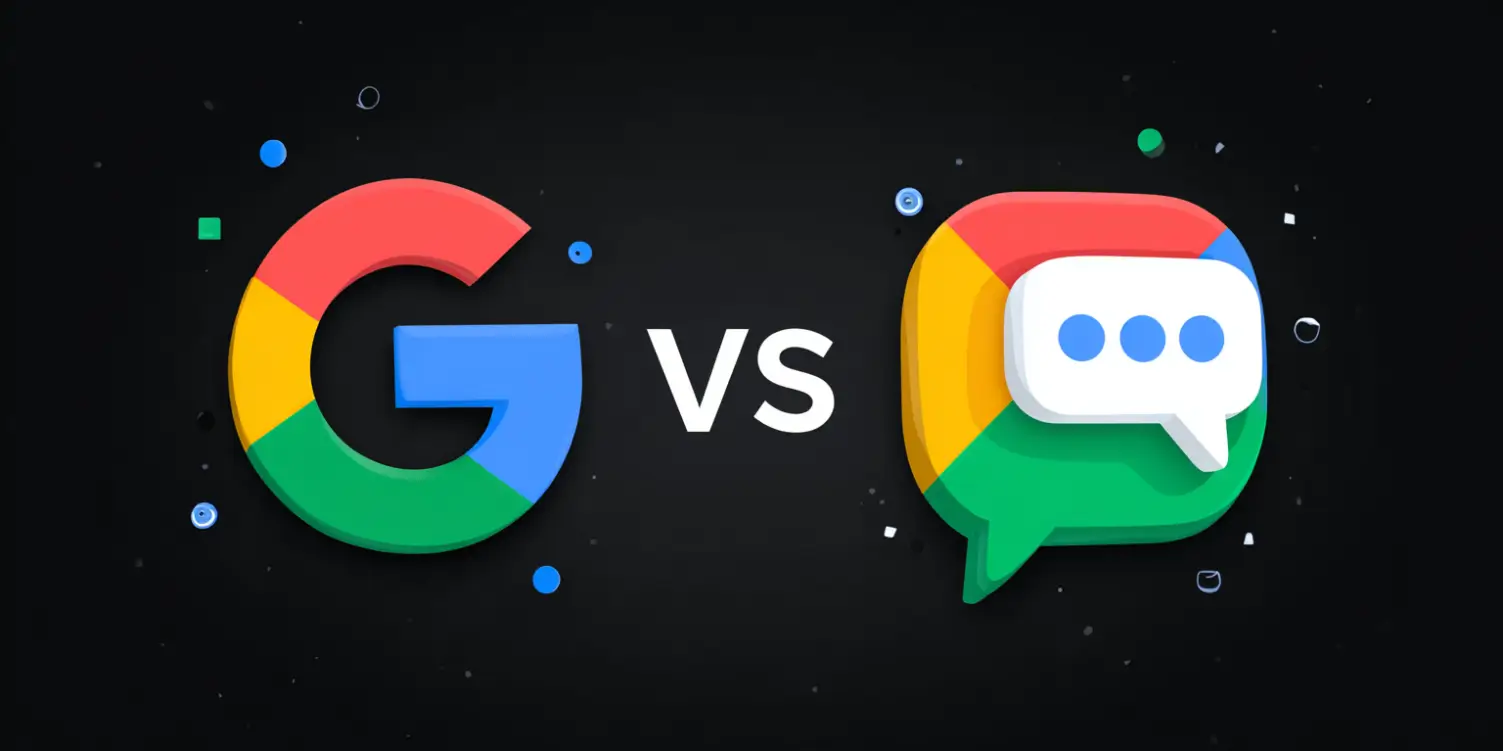In the world of social media, influencers have become extremely popular. These are individuals who have gained a significant following on platforms such as Instagram, YouTube, and TikTok. They provide entertainment, lifestyle, and product recommendations to their loyal followers. But now, there is a new kind of influencer on the rise – virtual influencers.
Virtual influencers are computer-generated characters who exist solely in the digital world. They have unique personalities, backstories, and styles. These characters use artificial intelligence (AI) to interact with their audience and create content.
What are virtual influencers?
Virtual influencers are essentially digital avatars brought to life through advanced technology. They are designed to look and behave like real people, with their own distinct identities. These identities are carefully curated and controlled by the creators behind the virtual influencer.
Unlike human influencers, who might have their own motivations, emotions, and privacy concerns, virtual influencers are completely under the control of their creators. They are not subject to the limitations and vulnerabilities of real people.
How do virtual influencers work?
Virtual influencers are created using a combination of computer graphics, motion capture, and AI technology. Artists and designers create the digital models and give them unique features, including facial expressions and body movements. These models are then animated using motion capture technology to make them appear lifelike.
The creators also develop personalities and backstories for the virtual influencers. They decide how the characters will interact with their audience, what kind of content they will create, and what their overall brand image will be.
Why are virtual influencers popular?
Virtual influencers offer a range of benefits that make them attractive to brands and marketers. Firstly, they are completely customizable and controllable. Brands can collaborate with virtual influencers and have full control over the messages they deliver and the image they portray. This allows for a high degree of brand integration and consistency.
Secondly, virtual influencers are not limited by physical constraints. They can be in multiple places at once, attending events, and engaging with their audience online. This flexibility allows them to reach a larger audience and maintain a constant presence.
Lastly, virtual influencers are a novelty. They represent a new and exciting form of entertainment and content creation. People are curious about these digital characters and are drawn to their unique personalities and stories.
The future of virtual influencers
The rise of virtual influencers opens up a world of possibilities. As AI technology continues to advance, virtual influencers will become even more sophisticated and realistic. They may eventually be able to have conversations, respond to comments, and engage with their audience on a deeper level.
However, there are also concerns about the rise of virtual influencers. Some people argue that they create unrealistic beauty standards and perpetuate an image-obsessed culture. Others worry about the ethics of creating and controlling digital entities that can influence people’s opinions and behaviors.
Overall, virtual influencers are an intriguing development in the world of social media and marketing. They offer a unique blend of creativity, technology, and entertainment. Whether they are here to stay or just a passing trend, only time will tell.










